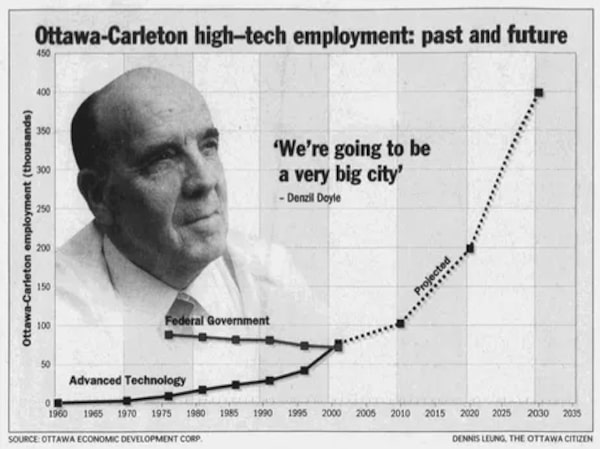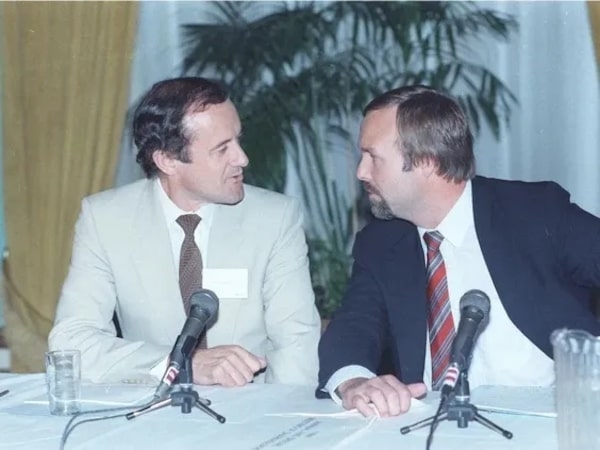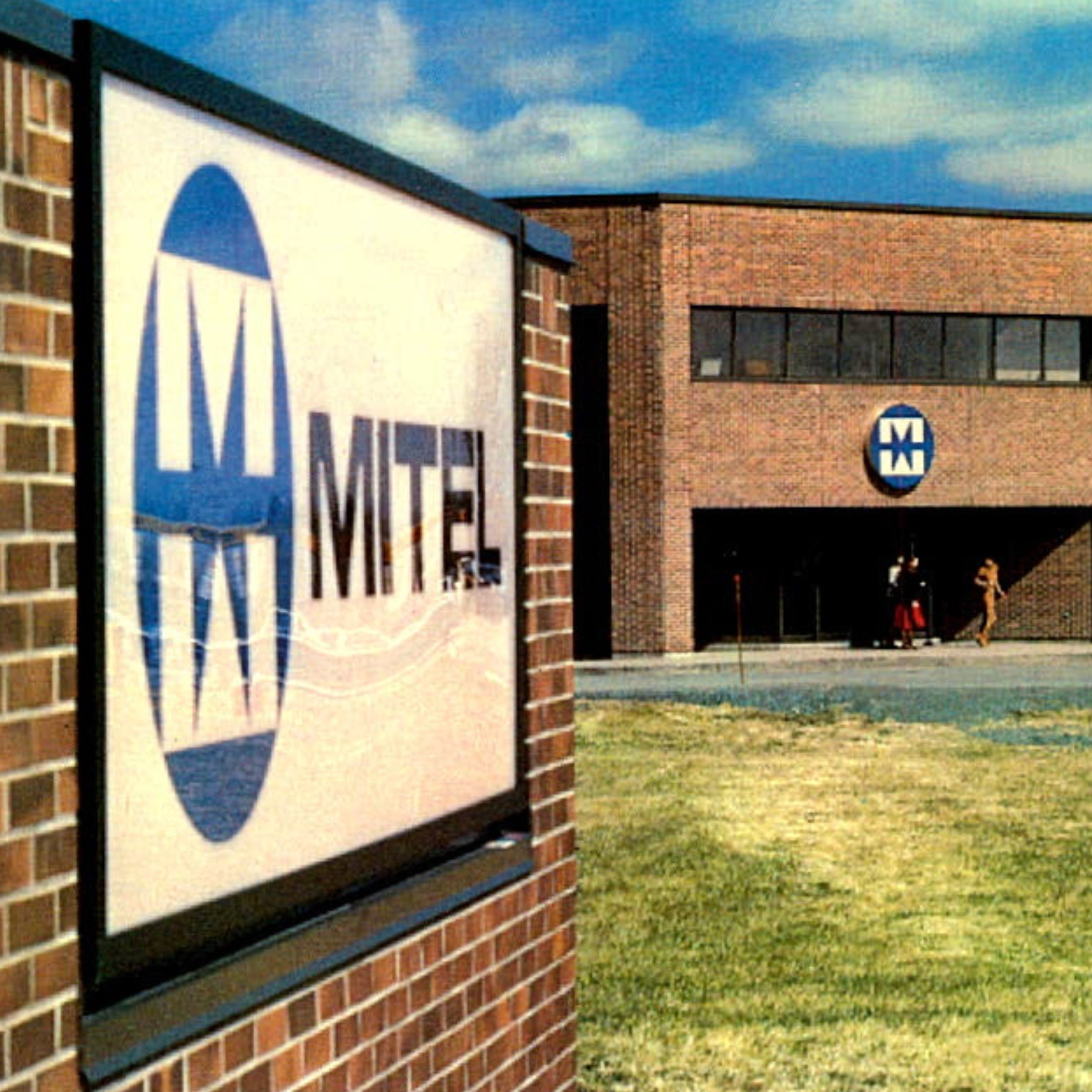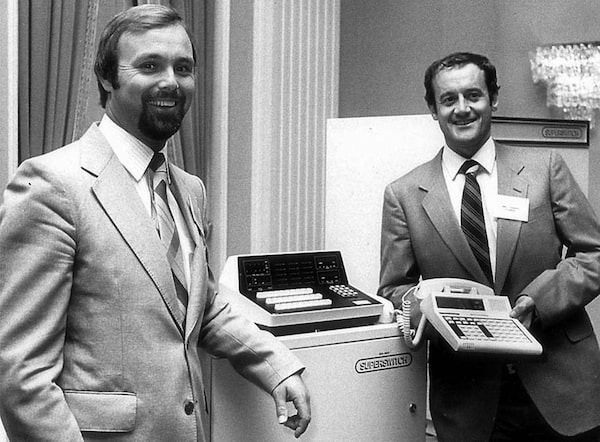For more than fifty years, Kanata North, represented by the Kanata North Business Association (KNBA), has been fostering an environment where local businesses create success by attracting and retaining the best talent in the world.
Ottawa’s reputation as a hub of innovation owes much to Kanata North. But to really understand where the tech industry is going, and the pivotal role this global high-tech hub has played, one has to look to the past.

The Globe and Mail
The legacy of Canada’s largest technology park
Kanata North’s story of innovation can be traced back three-quarters of a century. After the founding of global defence contractor Computing Devices Canada in 1948, and later Microsystems International Ltd. (MIL) in 1968, the Canadian government funded Northern Electric and Bell-Northern Research – later Nortel Networks – to reduce its dependency on foreign companies for tech parts. A small rural town outside of Ottawa became home to some of the country’s earliest tech talents, and a place for them to live, work, play, learn, and innovate.
In the early 1970s when Denzil Doyle, CEO and founder of Digital Equipment Canada (1962), purchased 56 acres of farmland in Kanata, he had a dream to one day build a technology park. Considered by some as the “godfather” of the Kanata tech scene, the pioneering entrepreneur led the region’s move to technology manufacturing. This, in addition to the attractive living conditions created by affordable housing and top schools, drew more talent to the region, like Mitel founders Michael Cowpland and Sir Terry Matthews, who opened their office in Kanata in 1972.

Credit- Ottawa Citizen — The Capital Builders- A who’s who of tech giants who not only survived — but thrived by James BagnallThe Globe and Mail
Over the next four decades, Doyle led the investment of millions of dollars in software and telecommunications.
Computing Devices and MIL may be ancient history, but the Ottawa area continues to reap the benefits of those who blazed this tech trail. By the 1990s, it boasted more than 90 companies founded or co-founded by former MIL employees, worth over an estimated $3-billion. The demise of Nortel in 2009 flooded the region with unrivaled tech talent, many of whom remain.
Today, Kanata North is home to 540+ companies, primarily in the tech sector, that have become the backbone for the economic development of west Ottawa. An analysis of the park found it contributes more than $13-billion annually to Canada’s GDP. Kanata workers are four times more productive than the national average, and the park houses tech companies with global impact and reach.


Left: Mitel, the "original global multinational"
Right: Mitel’s Kanata headquarters in 1981
MITEL
Mitel is among the many companies that remain on-site. It’s “the original global multinational,” says Kanata North tech executive Amy MacLeod, and she would know, having spent most of her professional life in Kanata North with “the formative years” of her career at Mitel. It wasn’t only the innovative business models that made the emerging company a success; its early leadership played a vital role in shaping the organization.
"It created a business model on how to create wealth, which was to inspire and incentivize employees with equity and to create this shared perspective that when the business does well, everybody does well, from the CEO to the kitchen staff,” she explains.
“It’s a shared experience in the profound sense of growing a company [while] conquering a global market.”
Today, Ms. MacLeod – VP of corporate communications for MDA, Canada’s largest space technology company – remarks on the unique history and values that drive the success of the park.
“It’s still global. It’s still feeding innovation. It’s created an entire ecosystem,” she says.

The Globe and Mail
The business model of shared equity and re-investing in innovation were cornerstones of the technology leadership that inspired other early KNBA companies, such as Newbridge Networks. This growth model funded and nurtured by Sir Terry Matthews is “the really magical part of Kanata North,” Ms. MacLeod says. The park has become a “feeder system” that helps its companies mature and evolve. Rather than searching far and wide for qualified talent, organizations can capitalize on the area’s high percentage of young, highly-educated individuals for whom Kanata North’s work opportunities, along with its business and retail services, are very appealing.
This feeder system can also be seen in action through Sylvain Charbonneau, VP of research and innovation at the University of Ottawa. Like Ms. MacLeod, he spent much of his career in the park, and Mr. Charbonneau is both a champion of its vibrant ecosystem and a key player in expanding Kanata North’s talent pool.
The Globe and Mail
Mr. Charbonneau has been a leader in photonics and nanotechnology for decades, conducting research in collaboration with Kanata North companies through the 1990s and into the early 2000s. He went on to co-found Optenia Inc. within the park, and in his role as chief technology officer, he witnessed the benefits of Kanata North first-hand.
“Kanata North is long in the making,” he says. “That ecosystem is very unique, and you have all the supply chain supporting the tech sector there.”


Left: Today, Kanata North is home to 540+ companies
Right: Collaboration spaces like Hub350 allows students, talent, investors, companies, and creatives to connect
SUPPLIED
A future-thinking community
The KNBA, formed in 2013, represents, advocates for, and supports the best interests of its local member companies while promoting the region to new businesses. For example, in 2021 KNBA introduced Hub350, which serves as a central collaboration space where students, talent, investors, companies, and creatives collide.
KNBA’s efforts are changing the way companies think about how they operate, who they partner with, and what kind of lifestyle might appeal to their talent. As a result, the Kanata North community’s “live, work, play, learn, and innovate” mantra has become an integral part of these companies’ cultures.
By combining post-secondary R&D and diverse talent pipelines with startups, funders, and enterprise-level companies, KNBA is building on its past to propel the tech park into a promising future. In its Annual Report on Tech, commercial real estate services and investments company CBRE reveals that Canada’s tech talent workforce grew by 15.7 per cent from 2020 to 2022, outpacing the U.S. growth rate of about 11 per cent. The Ottawa region led all North American markets, with tech talent comprising 13.3 per cent of total employment, more than double the Top-50 market average. The San Francisco Bay Area ranked second at 11.6 per cent.
Mr. Charbonneau puts it simply: “Great things happen in Kanata North.”
From a decades-old dream to incubate innovation in a cornfield, to today’s recognition as a groundbreaking business community, exploring the art of the possible is what’s fueling the park’s future.
“KNBA is doing an amazing job of evolving and keeping that community connected,” Ms. MacLeod says. “You can’t disconnect community innovation from technology innovation. It’s why the park is still whole and powerful, and the largest in Canada.
To learn more about Hub350 and the KNBA tech ecosystem, visit www.kanatanorthba.com.
To learn more about careers in Canada’s largest technology park, visit www.discovertechnata.com.
Advertising feature produced by Globe Content Studio with KNBA. The Globe’s editorial department was not involved.